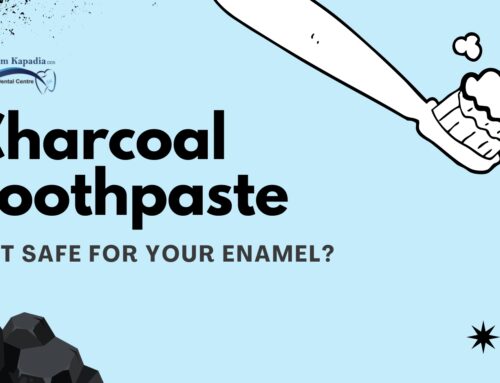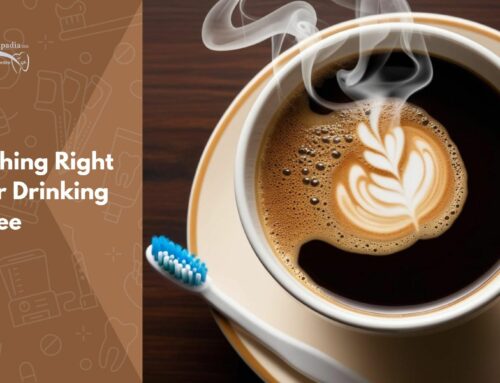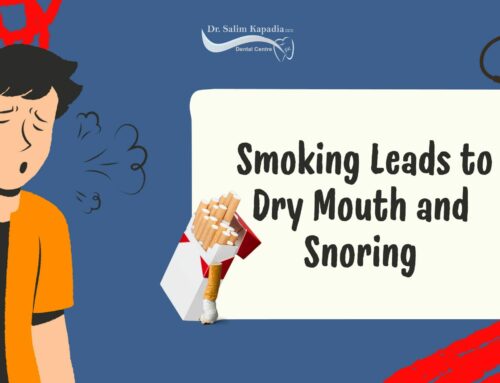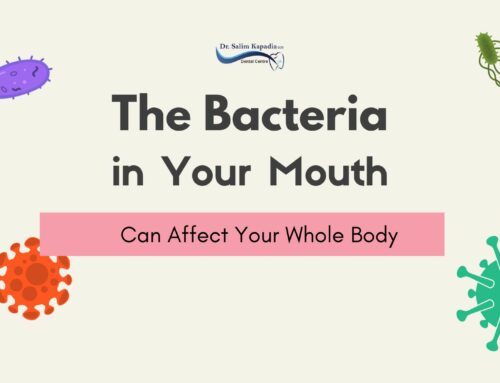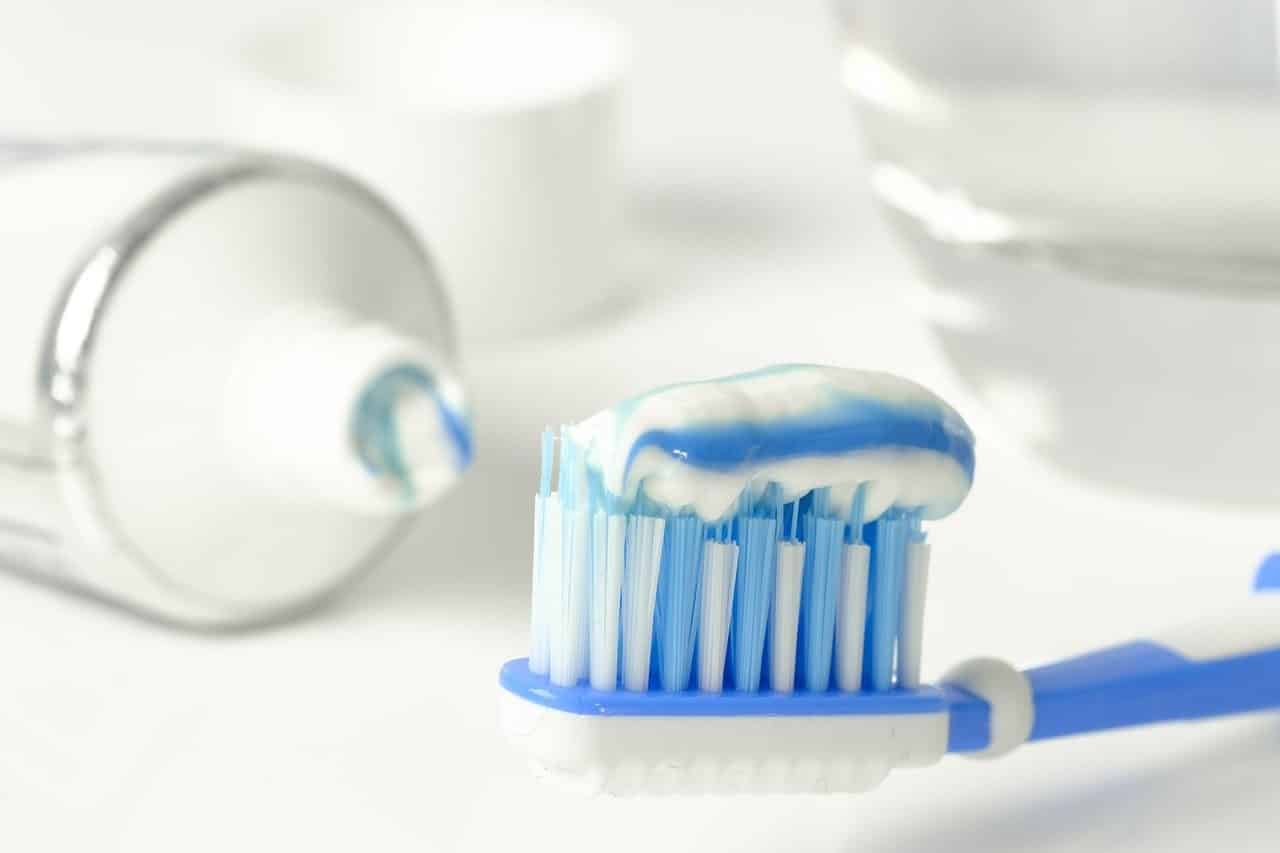
Brushing your teeth every day isn’t just a way to keep your teeth and mouth clean. It also keeps your whole body healthy too. When you use your toothbrush correctly, you eliminate the plaque buildup and bacteria that can otherwise collect between your teeth and on your tongue. This can prevent gum disease, tooth decay and boost your immune system.
A 2010 survey in Toronto found that 57 percent of Canadians say their smile is important to them, yet shockingly only 4 percent follow the dentist-recommended oral care regimen of brushing, flossing and rinsing[Ref]. This article will focus on how to correctly use your toothbrush and improve your oral hygiene.
Choosing the right toothbrush
Choosing an electric or manual toothbrush doesn’t matter as long as you brush for at least 2 minutes, don’t brush too vigorously, and brush with fluoride-rich toothpaste. However, using an electric toothbrush is always the better option if you want to get the best result. Most dental professionals agree that a soft-bristled toothbrush is best for your teeth, especially to remove plaque and debris. Medium and stiff bristles might be too hard on gums and enamel. Small-headed brushes can reach almost all areas of your mouth, including hard-to-reach back teeth. Unless your dentist recommends using a hard or medium bristle, or a specific pattern or tapered toothbrush, stick with the soft, small-headed brush.
Brushing for at least 2 minutes, twice a day
It’s recommended that you brush for at least 2 minutes and twice a day. The best practice is to brush right after waking up in the morning and before going to bed at night. Some people tend to brush after breakfast. Brushing right after a meal can affect your tooth enamel. It’s recommended that you wait 60 minutes after eating before you brush your teeth. You may brush more than twice per day, as long as you wait for at least 60 minutes after eating. When you brush less than 2 times a day, plaque and bacteria build up in your mouth and lead to bad breath, tooth decay, gum disease and loss of teeth.
Brush your teeth properly
According to Canadian Dental Association, this is the best practice to brush your teeth:
- Brush at a 45-degree angle to your teeth. Direct the bristles to where your gums and teeth meet. Use a gentle, circular, massaging motion, up and down. Don’t scrub. Gums that recede visibly are often a result of years of brushing too hard.

- Clean every surface of every tooth. The chewing surface, the cheek side, and the tongue side.
- Don’t rush your brush. A thorough brushing should take at least two to three minutes. Try timing yourself.

- Change your usual brushing pattern. Most people brush their teeth the same way all the time. That means they miss the same spots all the time. Try reversing your usual pattern.

Change your toothbrush
Like other things, toothbrushes don’t last an eternity. You should change your toothbrush often to get the best result. If you are using a manual toothbrush, it’s recommended that you change your toothbrush every 3-4 months. If you are using an electric toothbrush, change the brush head as soon as you see any signs of wear and tear on the bristles or every 3 months.
Brushing for 2 minutes and twice a day doesn’t essentially make your mouth completely germ-free. A toothbrush can’t reach all surfaces of your teeth. That’s why it’s recommended that you floss and visit your dentist regularly for checkups and cleaning.
If you live in the Greater Toronto Area and are looking for the award-winning best dental office, contact Dr. Salim Kapadia Dental Centre today. We are located in the heart of Scarborough, right beside Markham Road.



